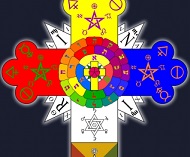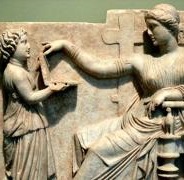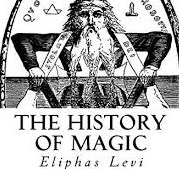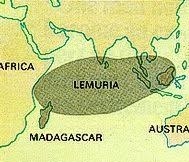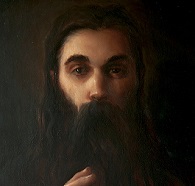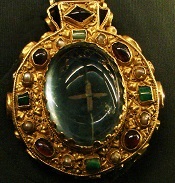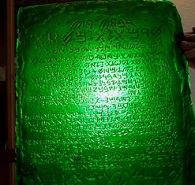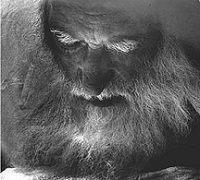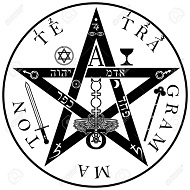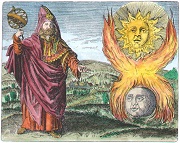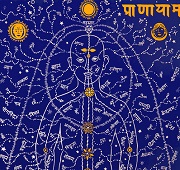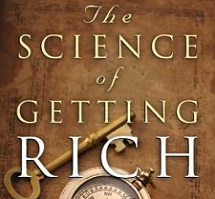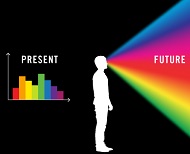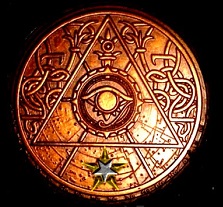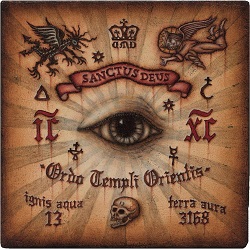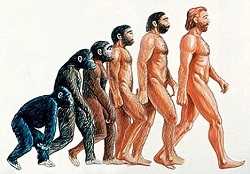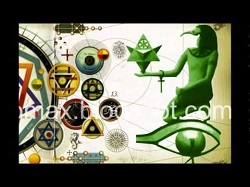Who was Zarathustra?
Zarathustra (Zend.). The great lawgiver, and the founder of the religion variously called Mazdaism, Magism, Parseeїsm,
Fire-Worship, and Zoroastrianism. The age of the last Zoroaster (for it is a generic name) is not known, and perhaps for
that very reason. Xanthus of Lydia, the earliest Greek writer who mentions this great lawgiver and religious reformer,
places him about six hundred years before the Trojan War. But where is the historian who can now tell when the latter took
place? Aristotle and also Eudoxus assign him a date of no less than 6,000 years before the days of Plato, and Aristotle was
not one to make a statement without a good reason for it. Berosus makes him a king of Babylon some 2,200 years B.C.; but then,
how can one tell what were the original figures of Berosus, before his MSS. passed through the hands of Eusebius, whose fingers
were so deft at altering figures,whether in Egyptian synchronistic tables or in Chaldean chronology? Haug refers Zoroaster
to at least 1,000 years B.C.; and Bunsen (God in History, Vol. I., Book III., ch. vi., p. 276) finds that Zarathustra Spitama
lived under the King Vistaspa about 3,000 years B.C.; and describes him as “one of the mightiest intellects and one of the greatest
men of all time”.
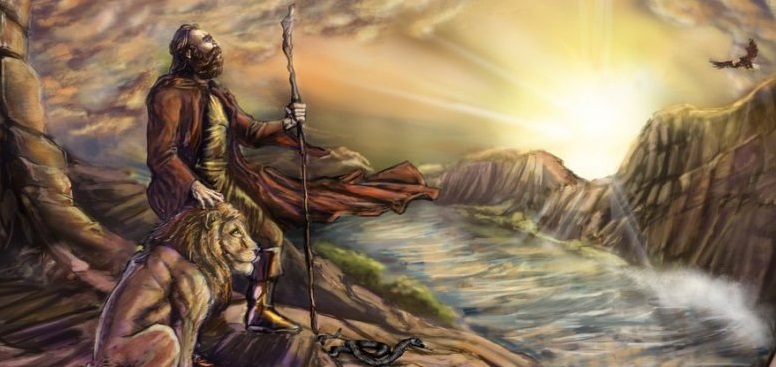
It is with such exact dates in hand, and with the utterly extinct language of the Zend, whose teachings are rendered,
probably in the most desultory manner, by the Pahlavi translation—a tongue, as shown by Darmsteter, which was itself growing obsolete
so far back as the Sassanides— that our scholars and Orientalists have presumed to monopolise to themselves the right of assigning
hypothetical dates for the age of the holy prophet Zurthust. But the Occult records claim to have the correct dates of each of
the thirteen Zoroasters mentioned in the Dabistan. Their doctrines, and especially those of the last (divine) Zoroaster,
spread from Bactria to the Medes; thence, under the name of Magism, incorporated by the Adept-Astronomers in Chaldea,
they greatly influenced the mystic teachings of the Mosaic doctrines, even before, perhaps, they had culminated into what
is now known as the modern religion of the Parsis. Like Manu and Vyâsa in India, Zarathustra is a generic name for great
reformers and law-givers. The hierarchy began with the divine Zarathustra in the Vendîdâd, and ended with the great,
but mortal man, bearing that title, and now lost to history. There were, as shown by the Dabistan, many Zoroasters or Zarathustras.
As related in the Secret Doctrine, Vol. II., the last Zoroaster was the founder of the Fire-temple of Azareksh, many ages before
the historical era. Had not Alexander destroyed so many sacred and precious works of the Mazdeans, truth and philosophy would have
been more inclined to agree with history, in bestowing upon that Greek Vandal the title of “the Great”.
Reading Support:





